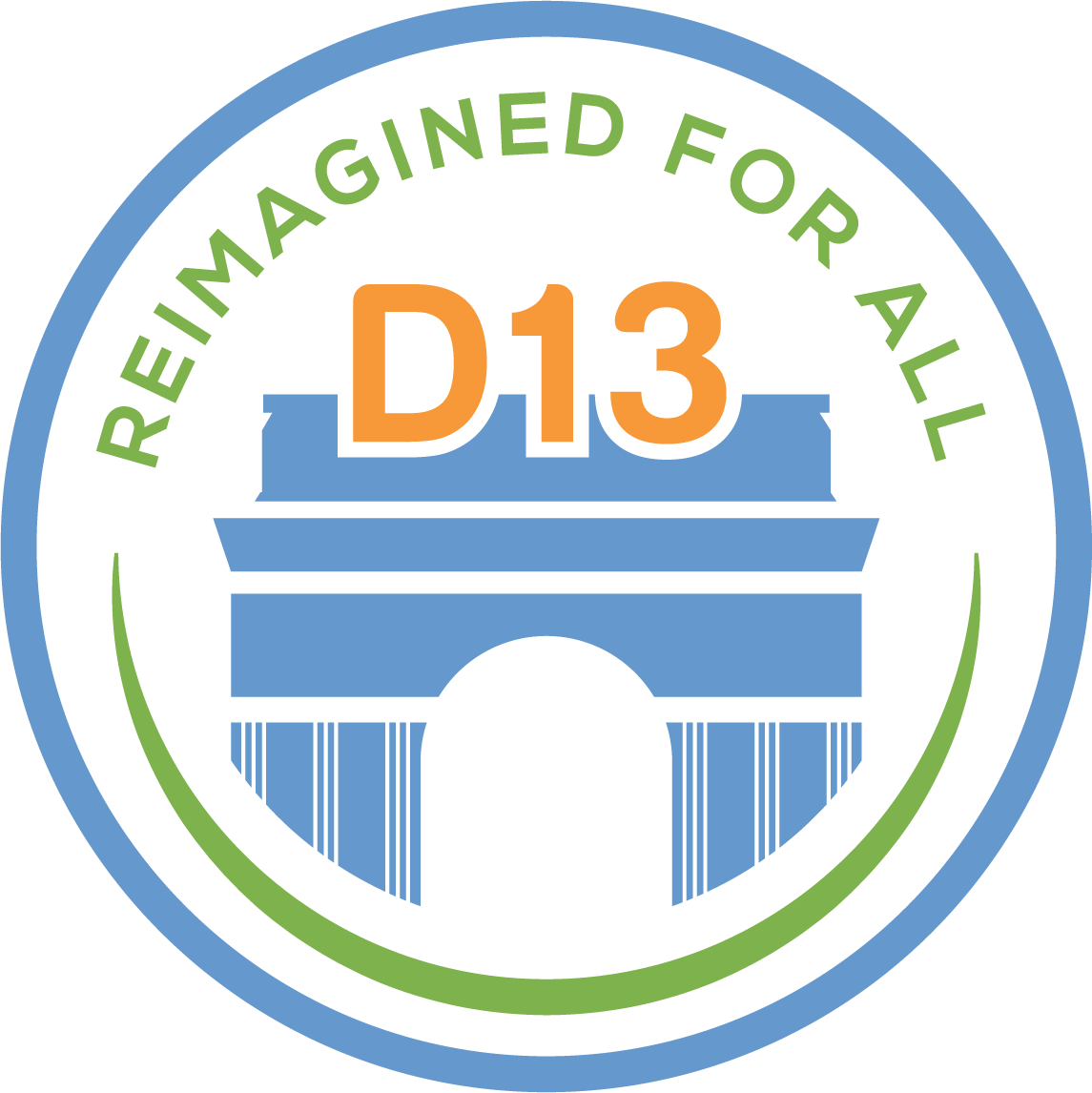New York State Learning Technology Grant
Accelerate A.H.E.A.D!
2025-2027
The Accelerate A.H.E.A.D! initiative, funded by the New York State Learning Technology Grant (LTG), strategically targets educators across 28 public schools and one nonpublic institution, The Global School Brooklyn (formerly the German School Brooklyn) within Community School District 13 in Brooklyn. This collaborative effort is projected to impact an aggregate student population exceeding 10,000 district-wide.
Community School District 13 Profile
Community School District 13 comprises a student body of nearly 20,000 pupils, spanning grades K-12. The demographic profile is as follows:
Economically Disadvantaged: 64% of the student population qualifies as economically disadvantaged.
Students with Disabilities: 15% are classified as students with disabilities.
English Language Learners (ELLs): Approximately 4% of the student body are served as ELLs.
Racial and Ethnic Composition:
42% identify as Black or African American.
24% identify as Hispanic or Latino.
17% identify as White.
10% identify as Asian or Native Hawaiian/Other Pacific Islander.
3% identify as Multiracial.
Less than 1% identify as American Indian or Alaska Native.
The LTG program will also provide services to three schools categorized as either Targeted School Improvement (TSI) or Comprehensive School Improvement (CSI) schools. All participating sites are situated in an urban context and serve highly diverse student cohorts, including students with special needs and Multilingual Learners.
Program Objectives and Focus Areas
The core mission of Accelerate A.H.E.A.D! is to deliver targeted professional development designed to enhance educators’ proficiency in seamlessly integrating a diverse array of digital resources into their existing curricular frameworks. This intervention is anticipated to yield measurable improvements in the conceptual understanding of mathematical principles among students in grades 3 through 8.
The program seeks to realize three principal objectives, which correspond to the following programmatic focus areas:
1. Teacher Professional Development
Objective: To augment teachers’ mathematical content knowledge and their capacity to utilize appropriate and highly engaging learning technologies effectively within the classroom environment.
2. Curriculum Development & Planning
Objective: To immerse educators in a Professional Learning Community (PLC) model focused on developing rigorous, high-quality learning experiences. These experiences are structured to promote students’ conceptual understanding of mathematical ideas through the simultaneous integration of grade-appropriate learning technologies.
3. Student Outcomes
Objective: Students in grades 3–8 will increase their facility in applying strategies, learning technologies, and tools that support their conceptual understanding, procedural fluency, and application skills, ultimately culminating in a significant elevation of their overall academic achievement in mathematics.
Strategic Alignment and Future Impact
The articulated goals and objectives are in direct alignment with the strategic priorities of both the District and our nonpublic partner school. We aim to leverage professional development as a mechanism for instituting a fundamental shift in instructional practices toward a focus on fostering students’ higher-level thinking, cultivating student agency, and providing opportunities for the creation of authentic work supported by the meaningful infusion of technology.
Critically, these objectives support our broader mission: to expand access to equitable and robust college and career pathways, particularly within STEM fields, which have been historically characterized by underrepresentation of minority groups.
The increasingly high demand for a workforce proficient in foundational STEM skills underscores the necessity of supporting both novice and veteran educators. It is paramount that they are equipped to provide all students with a powerful educational foundation. Mathematical mastery is integral to success in STEM, as is the cultivation of computational thinking (CT). Furthermore, effective educators must possess a deep comprehension of the mathematical content they are tasked with teaching and a clear developmental understanding of how mathematical learning progresses across grade levels. Professional Learning Communities (PLCs) have been empirically demonstrated to be vital contributors to educators' ongoing professional development.
By elevating our teachers’ pedagogical practices, specifically those tied to conceptual understanding in mathematics, we will not only successfully address disparities in our students' mathematical achievement but also establish an enduring academic foundation that will serve them throughout their lifetime.
Acknowledgments
The development and implementation of the resources and work presented herein were made possible through the New York State Learning Technology Grant, awarded to select school districts throughout New York State. We extend our sincere gratitude to our partners—Makeosity and Educate LLC—for their invaluable support across District 13, and to all participating teachers and students whose thoughtful and exemplary contributions are reflected in these materials.
Program Artifacts and Resources
The following materials represent key deliverables and resources created under the "Accelerate A.H.E.A.D!" initiative, organized by the program's three main goals:
Goal 1: Teacher Professional Development
These artifacts were developed to support teachers' individualized professional development plans, vision setting, and needs assessment:
Goals/Needs Reflection & Resource Sheet SY25: A support page utilized during the vision-setting process and for surfacing specific professional development needs.
Responsible Tech Usage in Schools (Decks) SY25: Presentation materials addressing the ethical and effective use of technology in educational settings.
D13 Principals Tech Vision: Developing & Executing on Shared Systems SY25: The deck used to facilitate the Principals Visioning Session, outlining a unified technology strategy.
Goal 2: Curriculum Development and Planning
These resources highlight collaborative planning and the development of high-quality, technology-integrated curricula:
Full 3rd grade Math in Weather Curriculum, developed by CSD 13 PLC SY25: A complete curriculum package, including lesson plans, presentation decks, student worksheets, and exit tickets.
Goal 3: Student Outcomes
This artifact is a tool for monitoring and evaluating the impact of the program on student learning:

